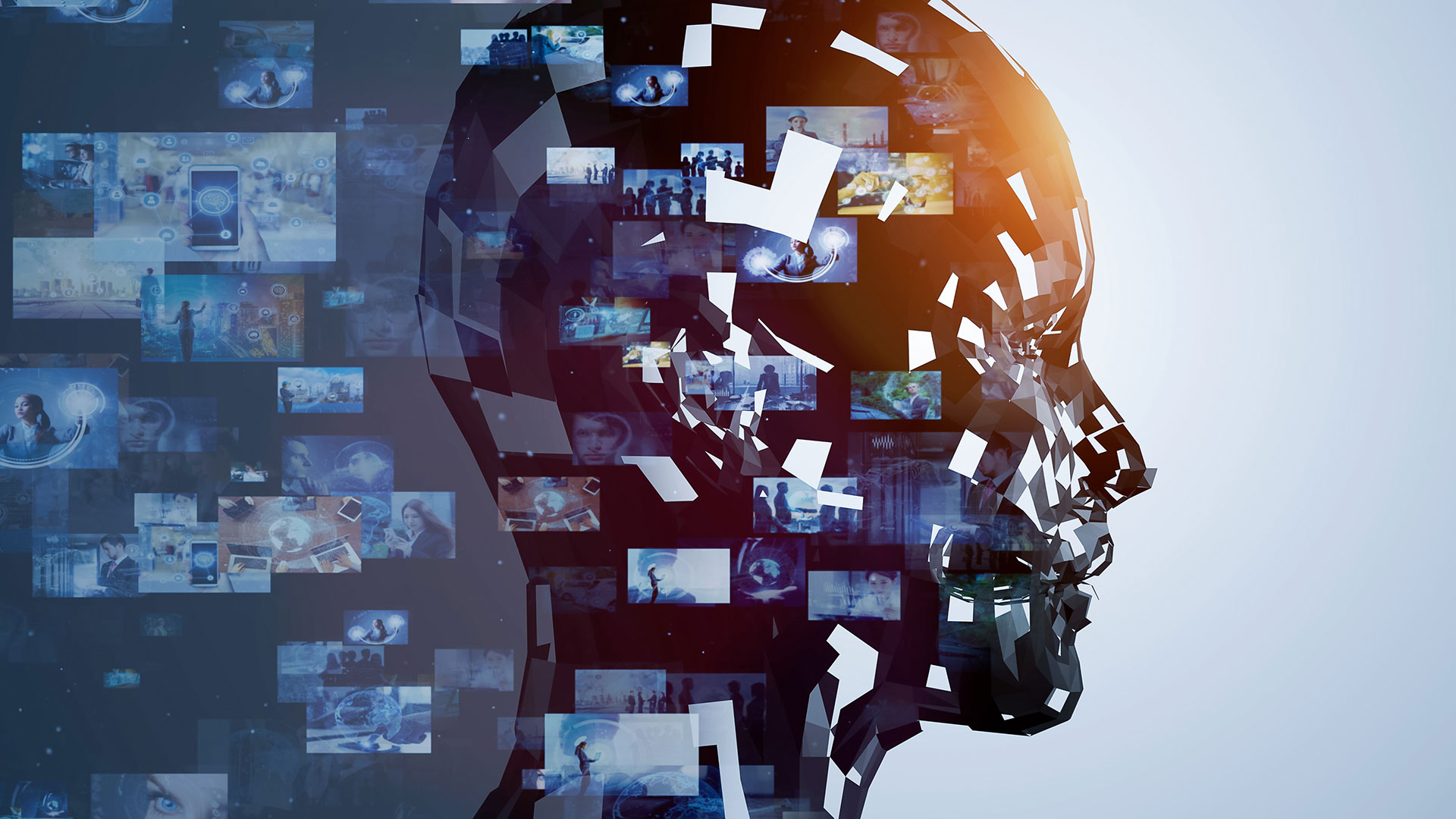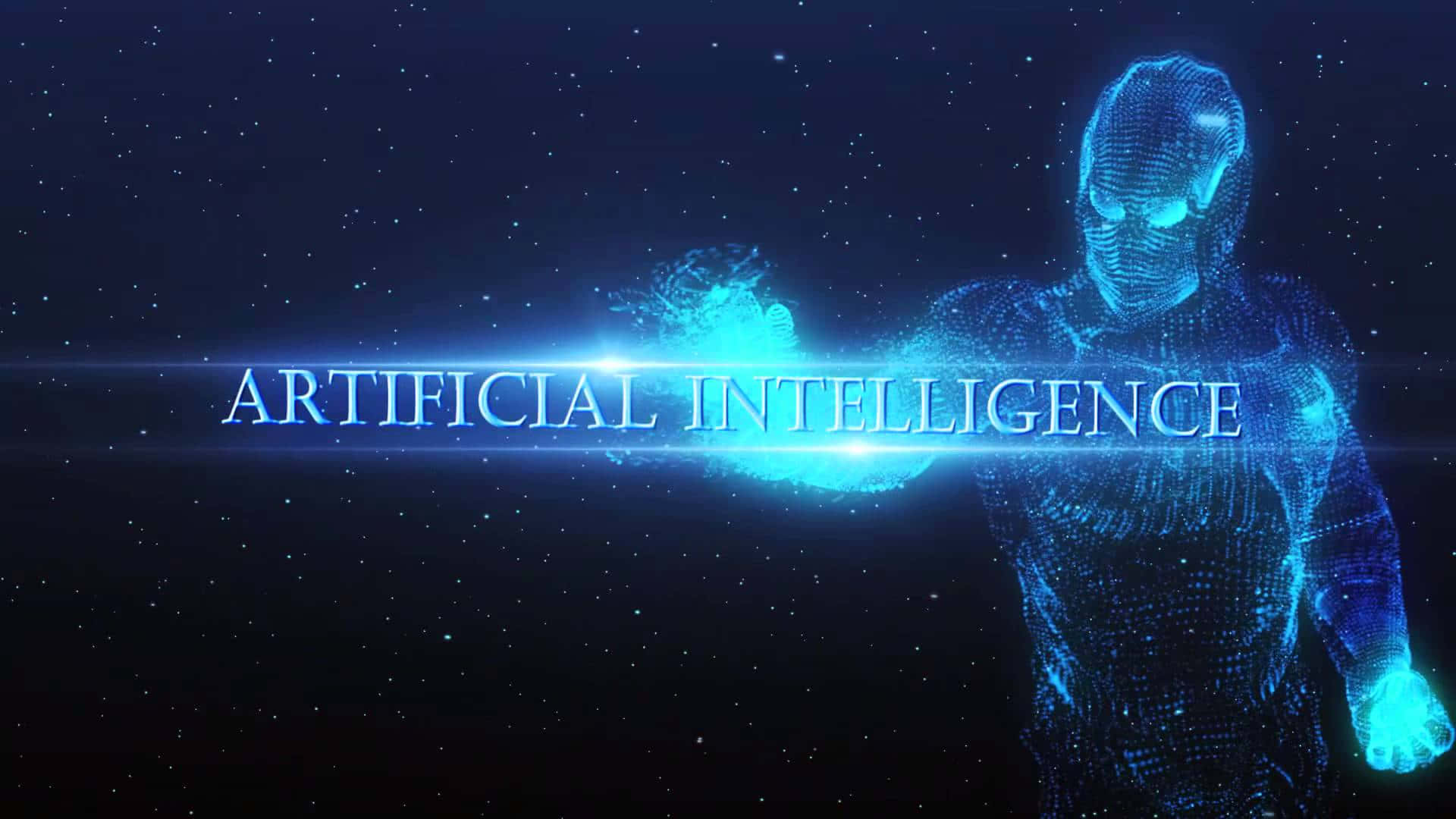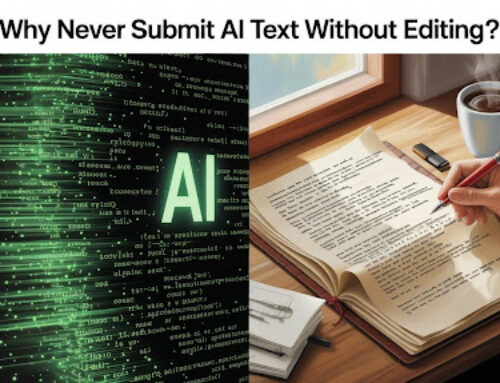As AI-generated art becomes more popular, a big question arises: Can AI create art that’s truly fair and unbiased? While AI is known for its innovative and creative outputs, it also has its share of challenges, especially when it comes to AI art bias. In this article, we’ll explore how AI art generators are trained, the potential biases in their training data, and how the art industry can address issues of representation and diversity.
Understanding AI Art Bias
AI art is influenced by the data it learns from, which can sometimes lead to AI art bias in the images it generates. When we use AI tools to create art, the algorithms rely on vast amounts of training data. This data might contain biases, especially if it has limited diversity in terms of race, culture, or gender. For example, if the AI system was trained on images that mostly represent a specific demographic, it could amplify those patterns, leading to racial bias in its depiction of people. This can be problematic because AI art bias that lacks inclusivity may not reflect the diversity of the real world.
In 2021, with the rise of generative AI models like Stable Diffusion that can generate images based on prompts, AI art has become more accessible than ever. However, the training data behind these tools can skew results, leading to AI art bias that affects the fairness of the artwork produced. AI-generated images sometimes unintentionally reflect biases from the dataset, which can impact how people and cultures are portrayed. As more artists and designers use Artificial Intelligence to generate images, it becomes essential to explore ways to mitigate these biases, ensuring that AI art remains fair and representative.

How AI Art Reflects Human Prejudices
When it comes to AI art bias, the reality is that AI image generators often reflect human prejudices present in the data used to train them. These AI algorithms learn from massive datasets, which means that any biases in these datasets become part of the AI technologies themselves. For instance, if the dataset has more examples of certain skin tones or cultural depictions, the resulting AI-generated images can skew toward those representations. This AI art bias can make digital art created by AI feel less inclusive and not fully representative of all backgrounds.
The Washington Post recently highlighted that people often show a negative bias against art labeled as AI-made compared to art labeled as human-made. This is partially because people may feel that AI image generation lacks the depth or understanding that comes from a human artist. Here are some key ways this AI art bias shows up:
- AI image generators trained on skewed datasets often produce a majority of images that do not fairly represent all demographics.
- There is sometimes a bias against AI art because it is indistinguishable from human-made art but lacks the cultural nuances of human art.
- The U.S. and other regions are witnessing debates over AI’s influence in art, particularly about whether AI-generated art can truly capture the human experience.
- AI vs. human-created art comparisons show that viewers may perceive AI art as lacking depth, furthering the bias against AI-made art.
As AI companies continue developing new AI tools and AI technologies, mitigating AI art bias is a key area of focus. Efforts to address this bias in AI include diversifying training data, refining AI algorithms, and ensuring that image generators can produce a wider range of representations. AI researchers believe that a more inclusive approach to AI artist development will help produce images that feel more human and are more representative of diverse identities.
What types of datasets are used to train AI art generator models?
AI art generators rely on massive datasets to learn and create unique visuals. These datasets come from various sources, including images, patterns, and sometimes artworks created by humans. The AI learns from this data to develop its artistic abilities and style. Some well-known datasets include CelebA, LSUN, and CIFAR-10, each serving a unique purpose in training AI.
Here’s what David Reid, Sales Director at VEM Tooling, has to say on this topic:
“Different datasets like CelebA, LSUN, and CIFAR-10 are used to train AI art generator models. CelebA has images of celebrities, LSUN has scenes like bedrooms and kitchens, while CIFAR-10 has pictures of objects like cars and animals.”
These datasets are chosen based on the type of art generation the AI is expected to perform. For example, models trained on CelebA are often focused on human faces, while LSUN helps with backgrounds and specific scenes.
Are there potential biases or limitations in the training data that could influence the generated artwork?
The data used to train AI art models is critical. However, the type and diversity of the data can lead to biases that impact the AI’s output. If the dataset lacks representation of certain groups, styles, or perspectives, the AI might struggle to create art that is truly inclusive.
According to David Reid:
“Yes. I believe some biases could impact the generated artwork. For instance, if the dataset lacks diversity and only contains images of some specific demographics, the AI may struggle to generate artwork representing other groups accurately. Moreover, the dataset’s subject matter or style could limit the range of artwork the AI is able to create.”
These limitations highlight the importance of the training data’s diversity. Without a variety of perspectives, the AI-generated art may unintentionally exclude or misrepresent certain groups or styles.
How can issues of representation and diversity be addressed in the context of AI-generated art?
To create AI art that reflects diverse backgrounds and styles, a lot depends on the quality and inclusivity of the training data. Adding diverse and inclusive images and artworks can significantly reduce bias in AI art. Additionally, working with human artists and cultural experts from underrepresented communities can offer AI developers a better understanding of different perspectives.
David Reid emphasizes this approach, saying:
“To address representation and diversity issues, I think they have to prioritize using diverse and inclusive training data. For example, they should include artwork from different cultures, ethnicities, and backgrounds. Also, they can collaborate with human artists from underrepresented groups to better understand their perspectives. If they are mindful of these factors, they will create AI art that produces fairer and more inclusive outputs.”
By focusing on diverse and fair datasets, the AI art community can strive for art that resonates with a wider audience, ensuring that AI-generated art represents the beauty and richness of global culture.
Why Certain Cultural Styles Get Overlooked
One reason why AI-generated art can overlook certain cultural styles is due to the limitations of machine learning models. Many AI systems create art based on large datasets, but if these datasets do not include a broad representation of various artistic styles, certain forms of art often get less attention. This means that unique cultural expressions might be underrepresented in AI-generated artworks.
AI art bias isn’t just a technical issue; it also involves types of bias like gender bias and racial bias in AI. For example, if a dataset includes more images with lighter skin, AI image generation may produce images that reflect this trend percent of the time, potentially overlooking diversity. AI system may end up reinforcing stereotypes rather than celebrating a wide range of cultural aesthetics.
The use of AI art also brings out general bias against underrepresented forms of art. Traditional forms of art, like indigenous and folk art, may not be as well represented in AI image generation because these are not as prevalent in mainstream data sets. This can lead to implications of AI producing art that feels disconnected from some communities’ artistic heritage, making the responses to AI art feel less inclusive.
The field of AI and data science must address this gap to promote a more complete understanding of art. AI negatively impacts diversity when it creates art that only reflects mainstream styles, limiting the cultural richness of AI-generated artworks. By recognizing these limitations, we can push for more inclusive art results that respect the diversity of human creativity.

Steps to Make AI Art More Inclusive
To make AI today more inclusive, it’s essential to address gaps in training datasets and ensure a broader representation of people and cultures. Studies have shown that researchers found biases in the images using AI models, which tend to favor certain groups over others. For example, images of people with lighter skin or images of men may appear more frequently, while images of women or black women are underrepresented, similar to how studying with CompTIA: Network+ N10-009 Practice Test Dumps can help you avoid biases in network management. This imbalance limits value and creativity in text and images created by AI, especially when we want AI to reflect all parts of society.
Here are a few steps to promote inclusivity in AI-generated art:
- Broaden Data Sources: Including diverse datasets, with images that represent various ethnicities, age groups, and backgrounds, can help. Kalluri and her colleagues have suggested this to reduce bias in machine learning to create a fairer outcome.
- Emphasize Equal Representation: Ensuring equal visibility for images of women and other underrepresented groups makes AI more inclusive. This helps avoid effects that are more pronounced in favor of specific demographics.
- Collaborate with Diverse Artists: When AI models are involved in the creation process, working alongside artists from different cultures can enrich AI’s creative value, producing art that resonates broadly.
- Enhance AI’s Sensitivity to Cultural Styles: AI should be able to recognize and honor unique cultural aesthetics, rather than producing art that feels generic or stereotypical.
Making AI-generated art more inclusive can ensure that it reflects the diverse perspectives of our world, aligning with findings that show art is considered more creative when it was labeled as inclusive and sensitive to cultural diversity. In this way, AI art becomes not only technically advanced but also socially mindful, promoting value and creativity across all communities.
